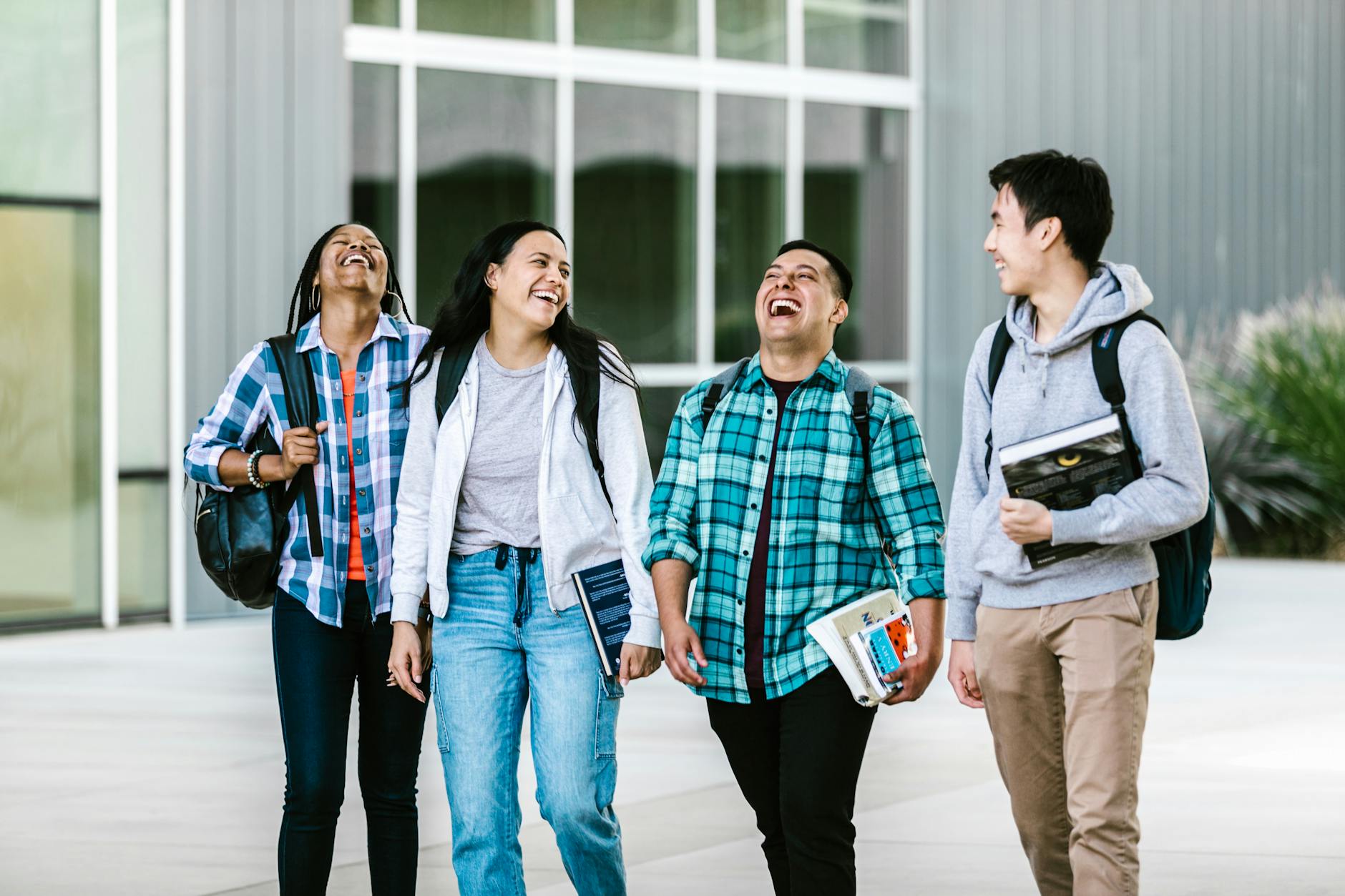
Yesterday I visited one of the colleges in the Philadelphia area. Most campuses are open to the public, and it seemed like a perfect Fall morning to find a bench and catch up on a knitting project. As I entered the parking lot, I slowed. The lot was nearly full. Wait, what?
It was move-in day.
Across the grounds, students and parents stood in lines of 20 or 30, anxious for introductions to people they were meeting for the first time. Boxes and furniture were hauled from cars and trucks and moved into dorms. Faculty members trotted in and out of buildings. Parents gingerly backed their vehicles into and out of parking spaces. “What an exciting day for them,” I thought. But not for me.
I spotted a space and rushed for it, pulled in. There were no signs forbidding parking. I bit my lip and sat for a moment, feeling a little guilty when a father, lugging a set of plastic containers, gave me an irritated glance. Heck.
I grabbed my knitting bag, exited the car, and walked towards an open bench just past the driveway. Whoa! Directly across from the bench was a line of animated students waiting for their campus welcome and tour. I stared, then turned back toward the car.
I was disappointed, but the truth is I was visiting their home. It was as if I had arrived uninvited to a generous feast of sweet treats, pizzas, and flowers. Resignation and courtesy were my only options.
I looked around again. The campus was renovated over the summer, and the bench I had always used was no longer there. However, about 75 feet away, there were two benches just across from the track. A couple of students (kids to me) occupied one of them. Lines? Nope. I use a cane and don’t like walking across grass, and I could feel a whine coming on. As I plopped down, a little tired from my trek, on the bench next to the students, they paused their conversation and greeted me.
I’ve begun a new morning habit of setting an intention for the day. My intention this morning was to listen. To birds. To cars. To the wind. So, that is what I did; I listened and learned that the young man and woman were seniors, excited about being on campus and catching up on summer news.
She: “Peter and Maggie had a baby.”
He: “What?! Wow! Did they finally get married?”
She: “Yup. Isn’t that a trip?”
Feigning attention to my needles to stretch out the time, I pulled threads, making six short rows into one.
She: “It’s so good to see you!”
He: “Can you believe it’s our last year?”
She: “No! (Pause) It’s going to go by too fast.”
My heart fluttered. Memories of my own college years — that went by too fast — surfaced. I never made friends like these two. I was often alone, the chronic introvert. After a semester, I left school and joined a theater company. The theater was where I met my buddies. The theater was where I belonged. In the theater, we were bold, young, and unafraid. I imagined these seniors to be the same.
He: “I can’t wait to see everybody again.”
She: “Do you think Maggie will bring her baby?”
I listened. Here’s the thing: I will never see my first theater mates again. Almost all of them have passed away. Drugs. Cancer. Old age.
The sun was now fully on my face, and perspiration dripped into the corners of my eyes.
“It’s been so lovely listening to you guys,” I said. “But the sun is roasting me.”
I stood as they laughed and waved. I looked back toward the bench I had started for initially. It was empty, and there were no lines. I headed for it, looking forward to being in the shade of that marvelously large tree.
Opposite that bench was another where three young women sat. (There are lots of benches on this campus.) Once again, I listened. They were juniors or sophomores, cheerleaders, practicing old and new chants for the year. As I approached, a young woman with glorious dreadlocks looked up and greeted me. She wasn’t just being polite. Her smile held her heart.
A helicopter flew overhead.
“I’ve never seen a pink helicopter!” I said.
“It was yellow, I think,” she smiled.
I smiled back.
Thinking about it now, I feel teary-eyed. Any one of the students I met would have offered me and my cane a seat on the bus. Kindness and respect. After about 30 minutes, I put my knitting away. The young women were leaving to meet their friends. The young man I had seen earlier was passing by and gave a wave, a big smile, and a nod of his head to this grey-haired knitter.
As he made his way to some event or other, the thought came to me: I don’t need to worry about our future. Young Folks, you are doing just fine.


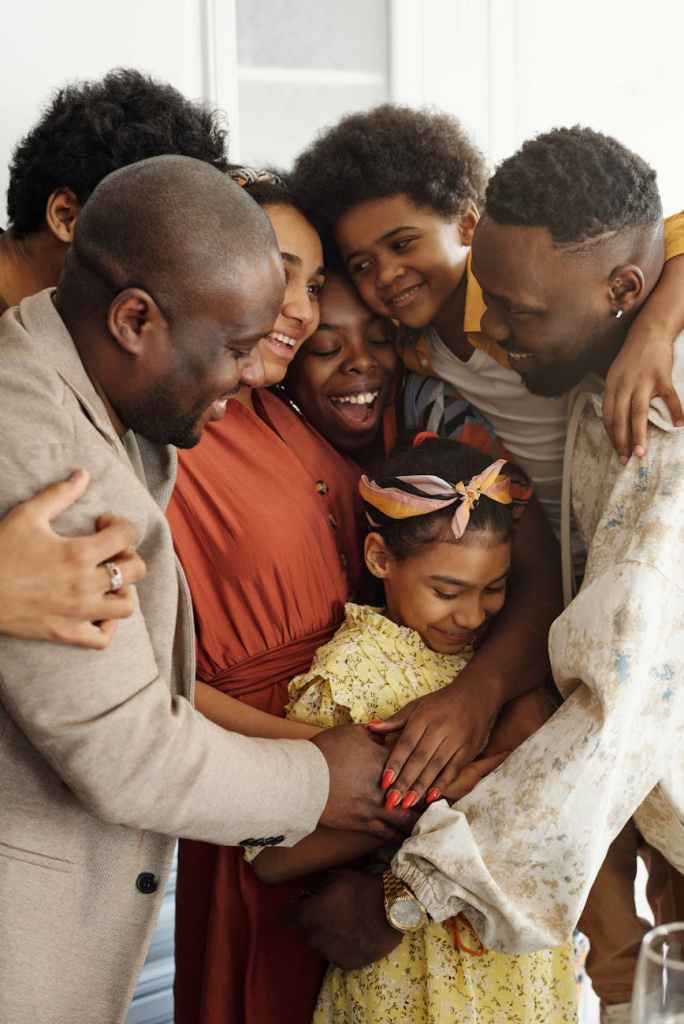
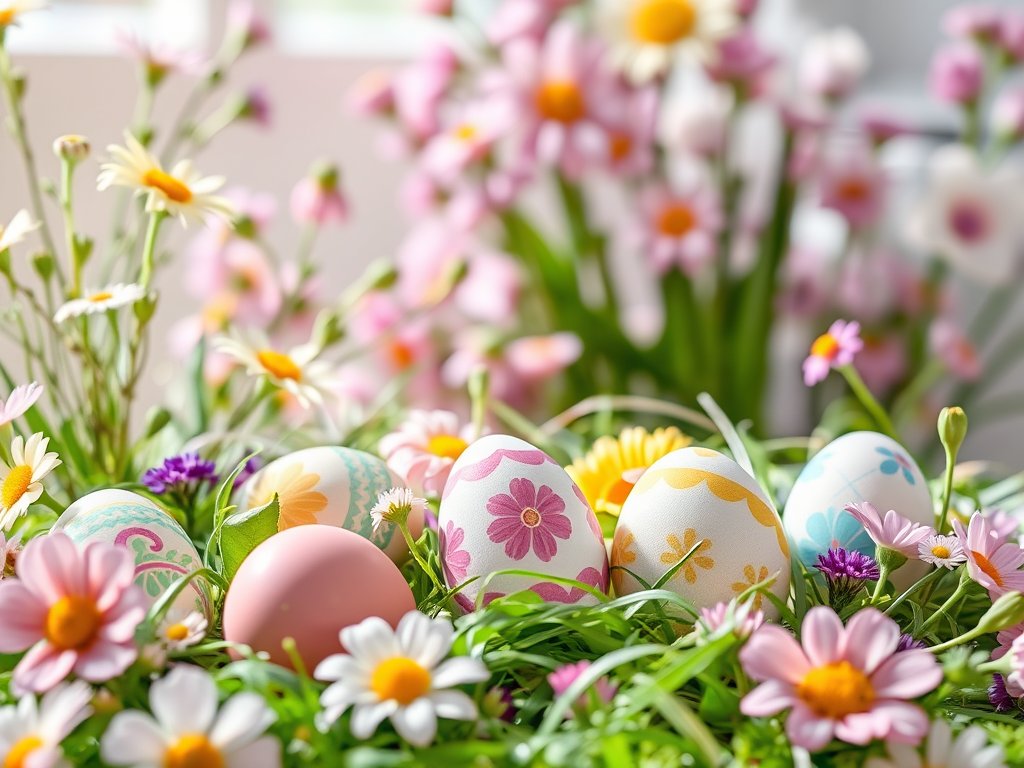





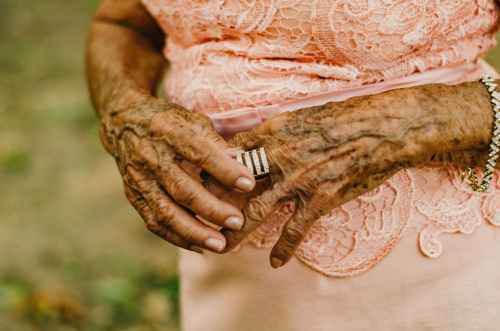


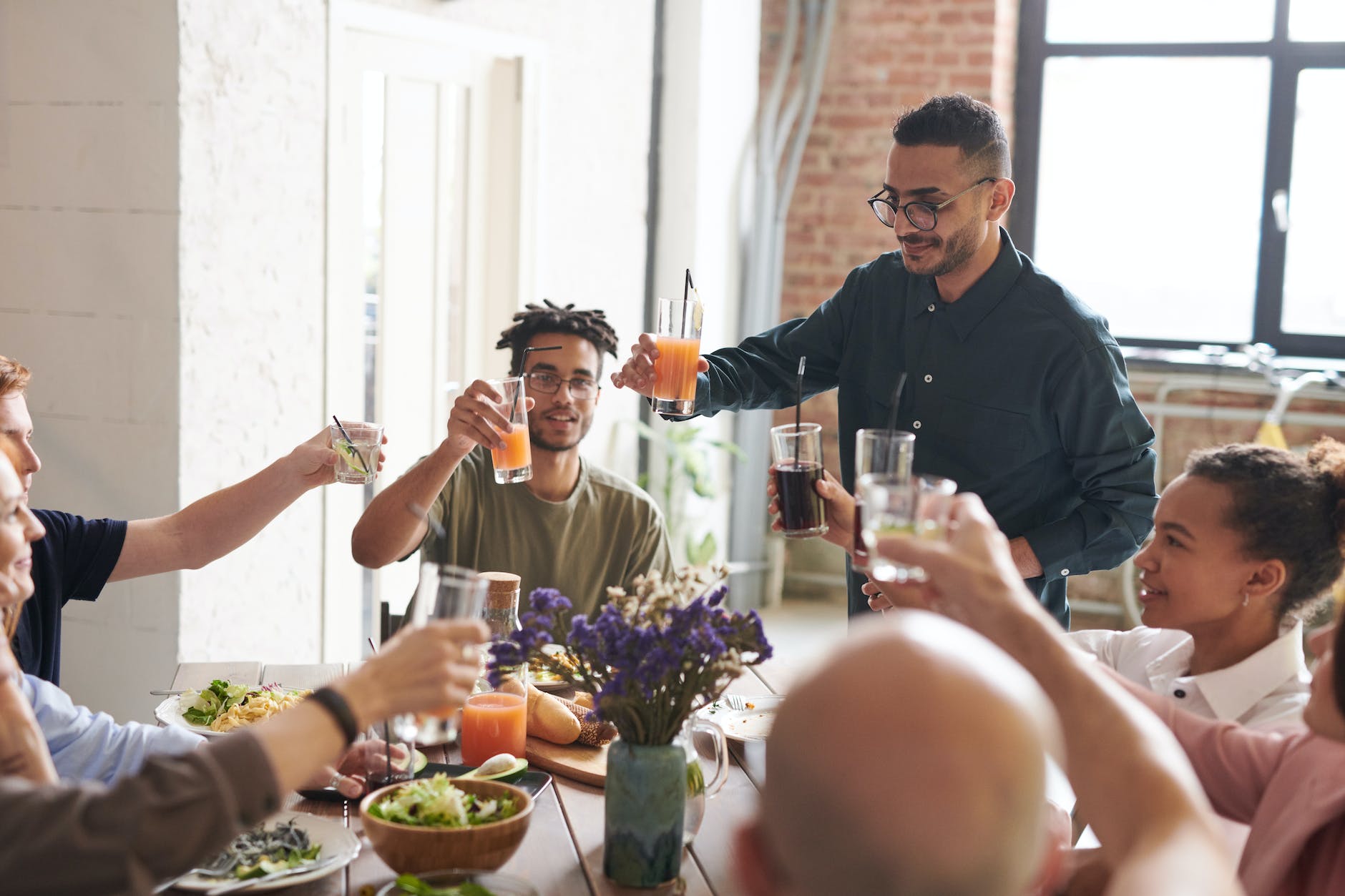




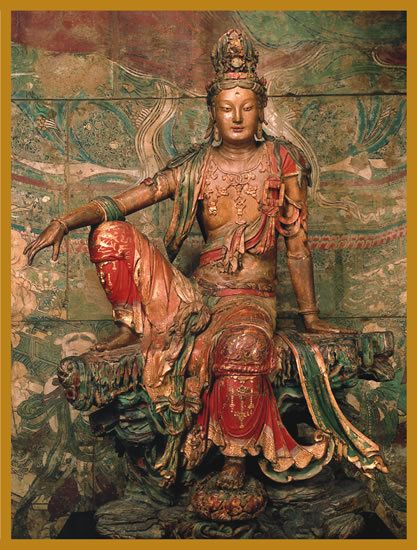
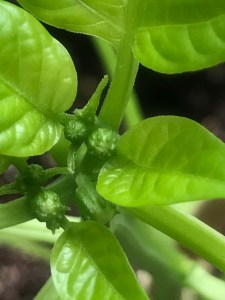
Technology. Seniors. Connectivity.
The Affordable Connectivity Program (ACP) was developed to make broadband internet services accessible to low-income households. Sadly, the program has been discontinued – a casualty of legislative haggling.
The Federal Communications Commission (FCC) reports that initial funding for the ACP, which provides subsidies to eligible participants with internet service provider (ISP) contracts, ended in June of 2024. Additional funds were not approved during Congressional budget negotiations. Perhaps some legislators were clueless; maybe others just didn’t care about the needs of isolated seniors, students needing access to learning options, residents of tribal lands, and rural communities. Perhaps some legislators just plain ignored the fact that internet access is often critical for medical care, jobs, social security, Medicare, and housing information. It’s a situation fueled by unkindness.
Several ISPs, in an unexpected Godsend, have stepped up to fill gaps left by the termination of funding.
I live in a township with a large and diverse senior population. Over the years, I’ve met several residents who embrace technology for all that it can offer. In other words, more than just email. Some residents, however, are nervous about online usage, even as they recognize the advantages technology offers. Some do not know how to use a computer. Yes, that’s a thing in 2024. Some simply cannot afford the costs of internet service providers and they are left out in the cold. That’s where ACP is beneficial.
I get it about distrusting online activity. There are dangers out there.
Targeting of seniors by scammers is high. Media coverage of identity theft has panicked women I know. There are also challenges that include “clouds,” automatic updates, and social media misinformation and untruths. I know a woman who was targeted by a man looking for lonely seniors in order to steal hard-earned savings. She lost a significant amount of money.
And my personal gripe – no exaggeration here: I loathe the hours I spend with technical support associates who don’t know their jobs. So yes, there are real inconveniences with the internet.
My point is that isolation for those without the internet is real ─ and alarming. A woman in my building told me about her feelings of isolation and depression during the pandemic lockdown. Unfortunately, there were no “pods” in this seniors’ building to help alleviate loneliness. The value of connecting with others and receiving ─ sometimes lifesaving ─ information through the internet cannot be overstated. ACP support for internet access is critical.
────────────
It was 1995, I think. I remember it was around 11 p.m. The neighborhood children were in bed and the streets were quiet in Oakland, CA. I poured a glass of wine and relaxed in front of my new gift. It was mid-summer, but it felt like Christmas morning to me.
My employers, God bless ‘em, who were software developers, had given me one of the company’s old IBM personal computers. It was a clunky machine that put me over the moon. Taking a sip of wine, I stared at the dark screen.
────────────
Six years prior, I worked at a college that had invested in computers and software training for some of its administrative staff. I was fortunate to be included in the training. Although cautious about the technology, I was excited.
We had to learn a lot quickly. Word processing software felt complex to an administrative staff that had been swatting away on Selectric typewriters ─ some of us for decades ─ using typewriter correction tape, inserting carbon paper for duplication, and making countless trips to a mimeograph room.
Some quit the training, preferring to stick with typewriters until the new technology was mandated. I chose to struggle on. It would serve me well. Like the delight of discovering a new bread recipe, meeting a new man, or watching buds on a tree become leaves, I was filled with excitement. Life was taking on new energy.
────────────
I turned on the computer. MS-DOS loaded, and things took off from there. I don’t remember the internet icon. Netscape? Maybe. The guys at work must have given me a password because suddenly there was the twittering, singsong beeping of the “handshake,” and the image of a globe appeared on the screen.
Scooching closer to my desk, I anticipated a new world with cultures and places vastly different from my own: different languages, ways of walking and talking, and delightful food traditions. I never looked back. The internet allowed me to “get off my block” and fully engage with the world. Technology saved me.
────────────
Fast forward to 2020 and the pandemic lockdown. I loved being alone but was missing in-person connections with friends. Then. Along came Zoom.
It saddens me that seniors and other isolated citizens need, but can’t access, broadband internet. Online access allowed me to attend community and civic meetings, free and live performances from the Royal National Theatre in London and other entertainment, visit with friends from afar, and participate in myriad activities and make connections during the Covid lockdown. Again, technology rescued me.
No one should be without broadband in a world where, some say, another pandemic is imminent. Come on legislators. Quit haggling. Include the ACP in September’s budget talks.
Leave a comment
Posted in Writing from the heart
Tagged Affordable Connectivity, Aging, Commentary, editorial, internet access, internet service providers, Legislative haggling, Life Stories, Opinions, political process, Reflections, senior isolation, seniors and technology, technology access, Unkindness